737-215-3211

What Does Dog Grooming Include? 5 Essential Services
When you think of dog grooming, you might picture a simple bath and maybe a quick brush. But there's so much more to it. Professional dog grooming is essential for your dog's health and happiness.
Grooming is not just about looking good. Regular grooming can prevent a host of health issues. It helps keep your dog's skin and coat healthy, prevents infections, and even aids in detecting potential problems early.
A well-groomed dog is often a happier dog.
Imagine going days without brushing your hair or cleaning your ears. You'd be pretty uncomfortable, right? The same goes for your furry friend.
Regular grooming can improve your dog's mood and behavior. They feel better, they're less likely to scratch or chew themselves excessively, and they often become more relaxed and comfortable.
So, do you know what dog grooming services your dog needs? If you're unsure, don't worry. We're going to explore the 5 essential grooming services every dog needs.
1. Bathing
Giving your dog a bath can seem like a daunting task, especially if your pup isn't a fan of water. However, with the right approach by a professional groomer and a bit of preparation, it can become smooth and enjoyable.
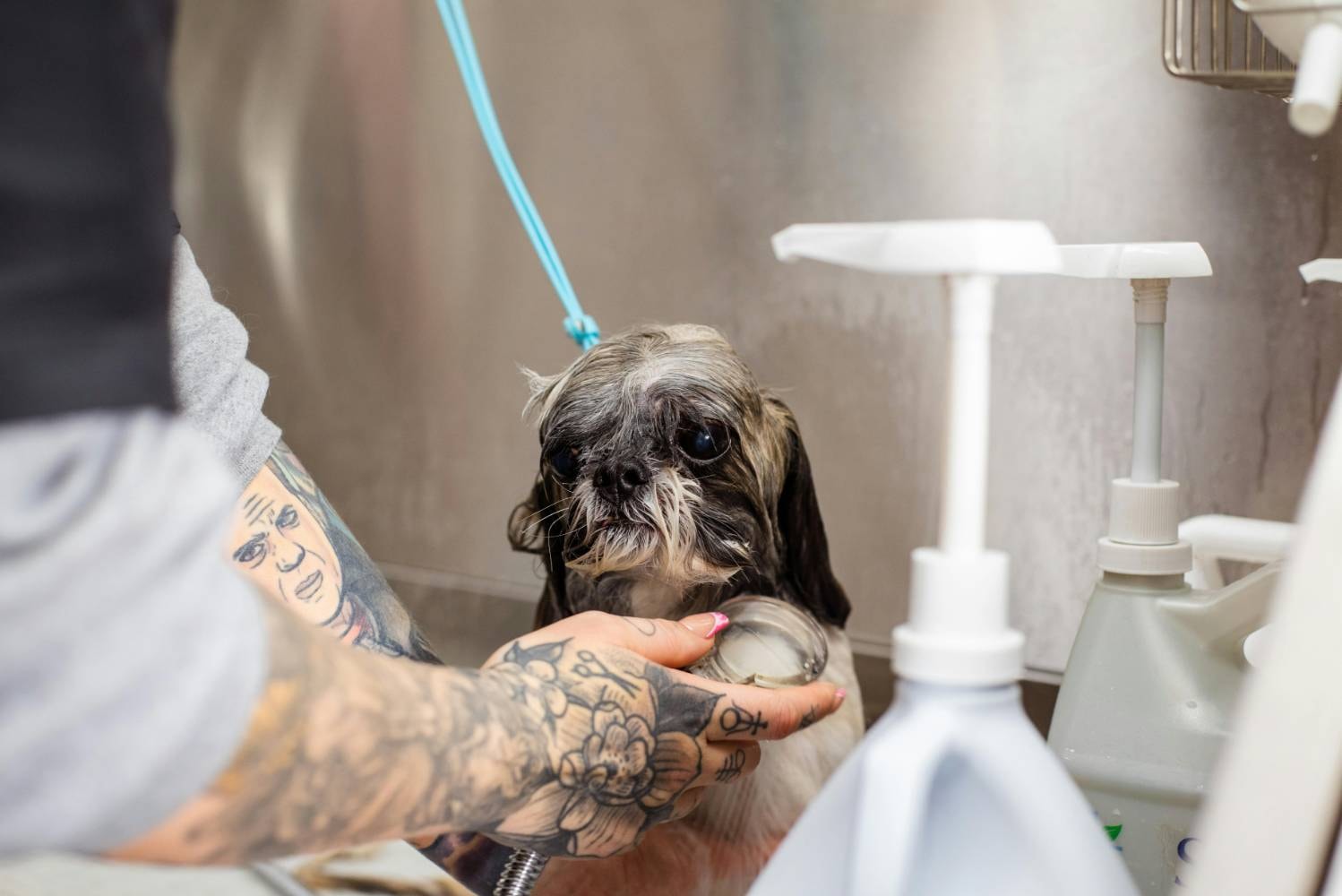
-
Preparation: Turn on the water and gather your supplies. You'll need dog-friendly shampoo like Lakeside The BatherBox Oatmeal Shampoo Gallon Jug, conditioner, towels, and a brush.
-
Brushing: Start by brushing the dog's hair to remove loose fur and detangle any mats.
-
Shampooing: Wet the dog thoroughly, then apply shampoo. Work it into a lather, starting from the neck and moving down to the tail. Avoid the face and ears.
-
Rinsing: Rinse all the shampoo out of the dog's coat. Residue can irritate the skin.
-
Conditioning: Apply conditioner like Lakeside The BatherBox Go To Conditioner Gallon Jug, if needed, following the same process as shampooing.
-
Final Rinse: Make sure all the conditioner is washed out.
-
Drying: Use towels to dry the dog as much as possible. For long-haired breeds, dog groomers will need a blow dryer like K-9 Dryers III Dog Dryer, in a cool setting.
Choosing the right products is crucial.
There are shampoos for different needs. Pick one that matches the dog's skin and coat type.
Choose a shampoo formulated for dogs like Lakeside The BatherBox Go To Shampoo Gallon Jug. Human shampoos can be too harsh. Look for a pet-friendly shampoo suited to your dog's hair type (e.g., moisturizing for dry skin, hypoallergenic for sensitive skin).
For conditioners, look for ones that help with detangling and moisturizing. These are especially helpful for long-haired breeds to keep coats soft and manageable. Go for a conditioner that complements your shampoo.
How often should you bathe your dog?
It varies.
Generally, once a month is good for most dogs to remove dead skin, excess dog's natural oils, and stuck dirt. Some breeds with oily coats, like Basset Hounds, might need more frequent baths. Others, like Huskies, with dense coats, may require fewer baths.
For dogs with dry skin, less frequent baths are better.
Active dogs that spend a lot of time outdoors may need more frequent baths than couch potatoes.
2. Brushing and de-shedding
Regular brushing removes loose fur or damaged and dead hair, helps manage shedding, and keeps their skin in top shape.
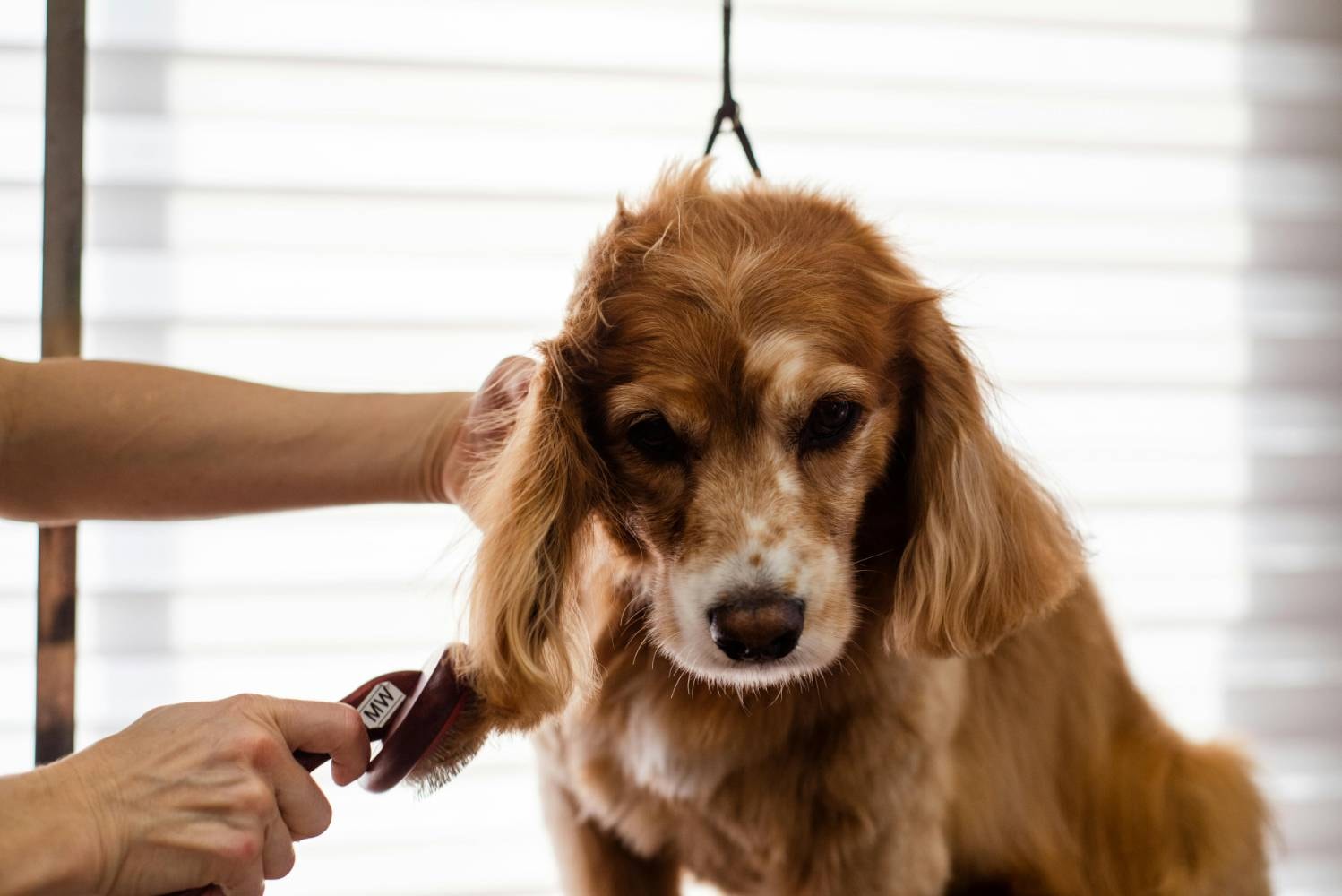
When it comes to brushing, not all brushes are created equal. Different fur types need different tools that are used by professional dog groomers:
-
Slicker Brush: Great for removing tangles and mats in medium to long-haired dogs.
-
Bristle Brush: Perfect for short-haired breeds, helping to remove loose fur and dirt.
-
Undercoat Rake: Essential for breeds with thick undercoats like Huskies and Golden Retrievers.
-
Comb: Useful for finishing touches and working out small tangles.
Proper brushing techniques
Brushing the dog isn't just about running a brush through their fur. Here’s how to do it right:
-
Start Gently: Begin by gently brushing the outer coat, working your way deeper as the dog gets comfortable.
-
Be Thorough: Make sure to brush in the direction of hair growth to avoid causing discomfort.
-
Check for Mats: Pay special attention to areas prone to matting, like behind the ears and under the legs.
-
Use the Right Pressure: Apply gentle pressure to avoid scratching the skin.
How often should you brush your dog?
The frequency of brushing depends on your dog's coat type:
-
Short-haired Breeds: Once a week is usually enough.
-
Long-haired Breeds: Aim for daily brushing to prevent tangles and mats.
-
Double-coated Breeds: Several times a week, especially during shedding seasons.
3. Nail trimming
Trimming your dog's nails might not be a dog groomer's favorite task, but it's a crucial part of their grooming routine. Long nails can lead to discomfort and health issues, affecting your dog's overall well-being.
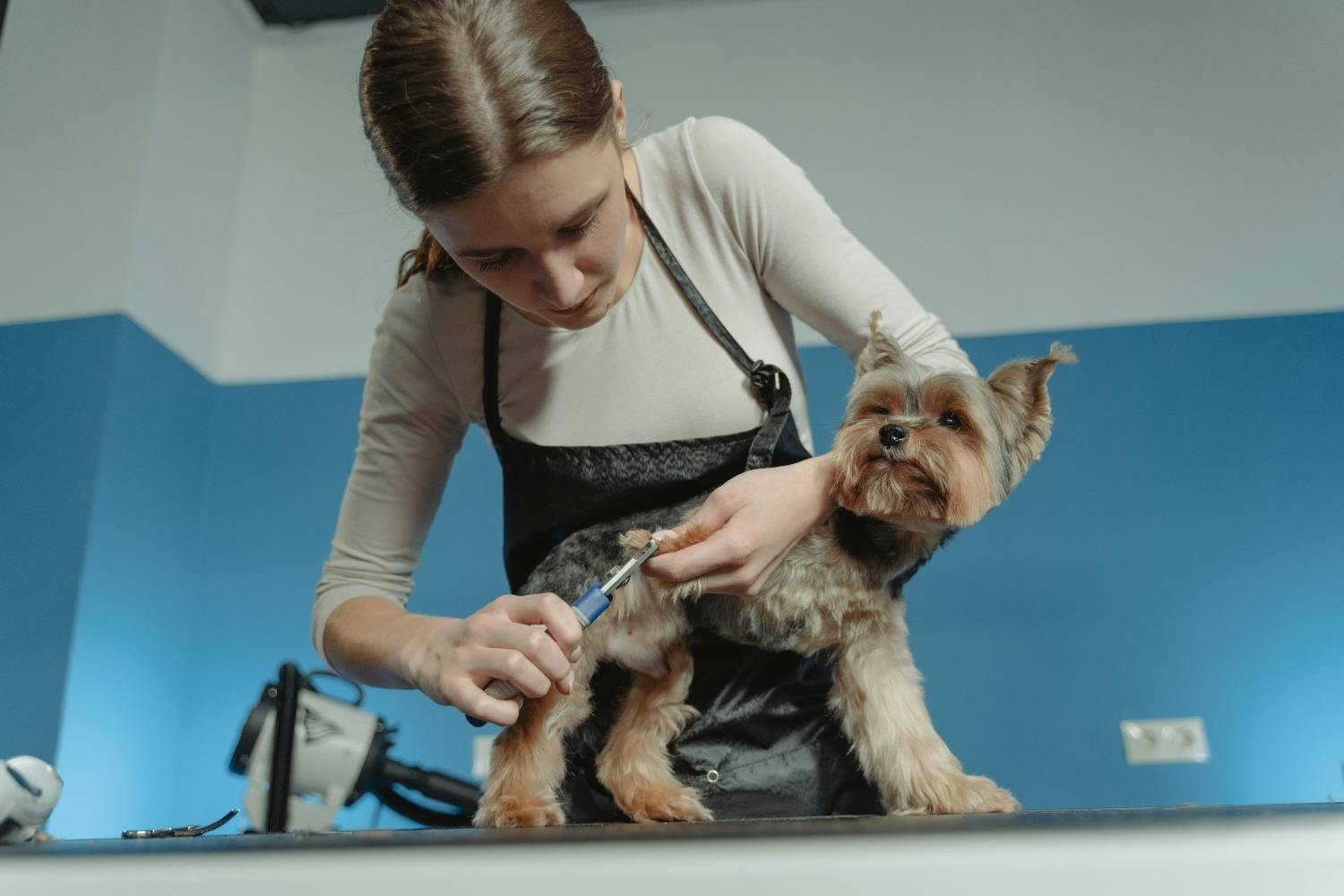
Trimming your dog’s nails can be a bit nerve-wracking, especially if you’re worried about causing pain or discomfort. But with the right tools and a calm approach, it can become a stress-free part of your grooming routine. Understanding how to trim your dog’s nails safely is essential to keep them comfortable and healthy.
Choosing the right tool can make a big difference:
-
Clippers: Ideal for quick trims. Look for ones designed for dogs with safety guards.
-
Grinders: Useful for smoothing edges and for dogs who are afraid of clippers. They can be a bit noisier, so introduce them gradually.
With a little patience and the right technique, you can keep your pup's paws in great shape without causing any pain. This step-by-step guide will walk a dog groomer through the process.
-
Preparation: Make sure the dog is calm and comfortable. Have treats on hand for positive reinforcement.
-
Positioning: Hold the dog’s paw gently but firmly. Separate the toes to isolate the nail you’re trimming.
-
Cutting: If using clippers, trim a small part of the nail, avoiding the quick (the pink area inside the nail). For grinders, gently grind down the nail, checking frequently.
-
Frequency: Regular nail trimming prevents the quick from growing too long, making future trims easier.
4. Ear cleaning
Dirty ears can lead to infections and discomfort, which is why it's important to include ear cleaning in dog grooming services.
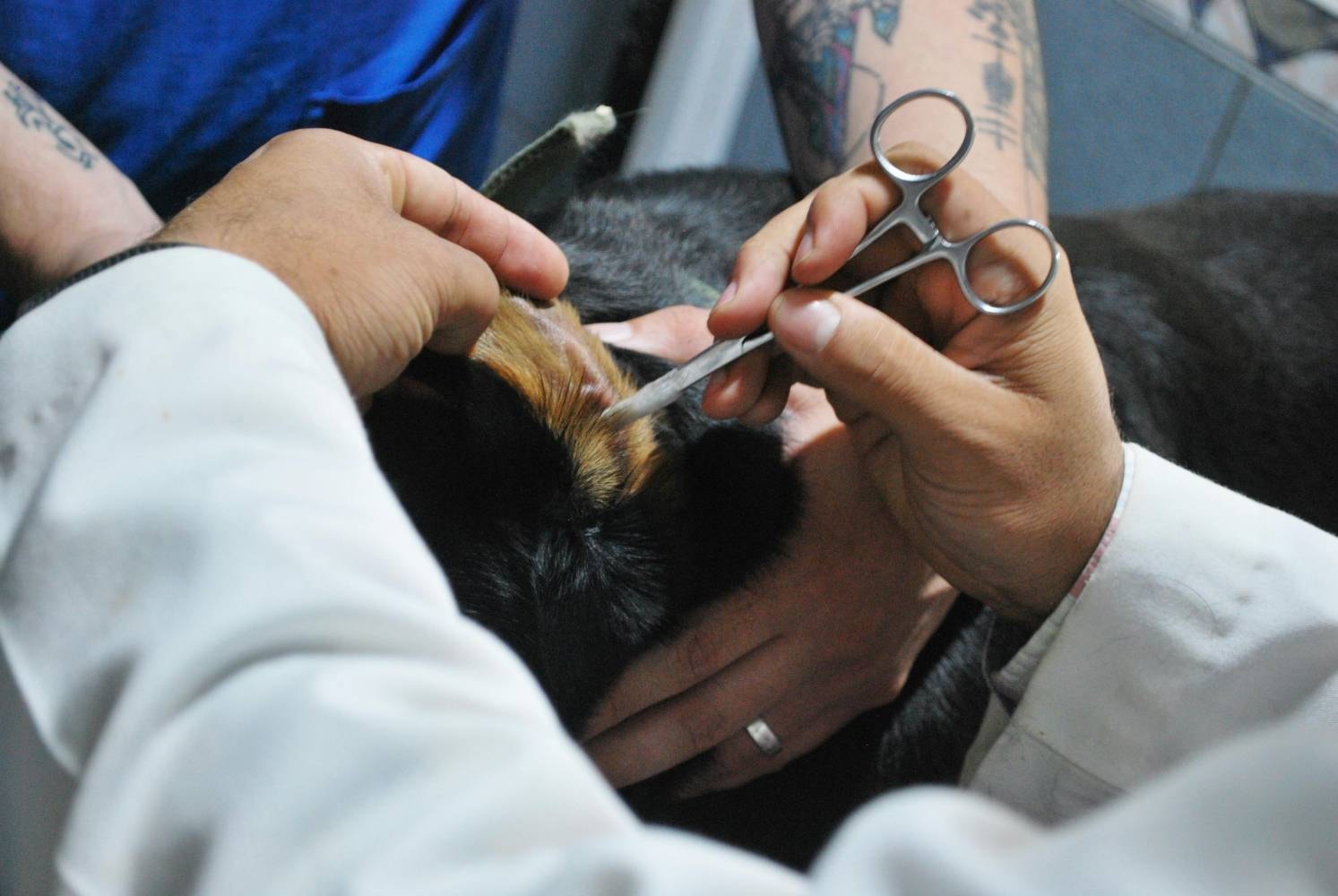
When it comes to cleaning your dog's ears, using the right products is essential:
-
Ear Cleaning Solutions: Choose a vet-approved ear cleaner like Petique Odor Eliminating Ear Cleaner. Avoid using hydrogen peroxide or alcohol, as they can irritate your dog's ears.
-
Cotton Balls or Gauze: Use these to gently clean and dry the ears. Avoid using cotton swabs, as they can push debris further into the ear canal.
-
Towel: Keep a towel handy to wipe away any excess solution.
Cleaning your dog’s ears might sound tricky, but with the right approach, it can be a straightforward and gentle process. Proper ear cleaning by a professional dog groomer is essential to prevent infections and discomfort.
-
Preparation: Make sure the dog is calm and comfortable. Have all your supplies within reach.
-
Apply the Cleaner: Gently lift the dog's ear flap and squeeze a few drops of the ear-cleaning solution into the ear canal. Avoid inserting the tip too far.
-
Massage the Ear: Gently massage the base of the ear for about 20-30 seconds. This helps the solution break down any wax or debris.
-
Let Your Dog Shake: Allow the dog to shake their head. This helps to dislodge debris from the ear canal.
-
Wipe the Ear: Use a cotton ball or gauze to wipe away any visible dirt and excess solution from the outer ear. Be gentle and avoid pushing anything into the ear canal.
5. Haircuts and hair trimming
Keeping your dog’s coat in check isn't just about looks.
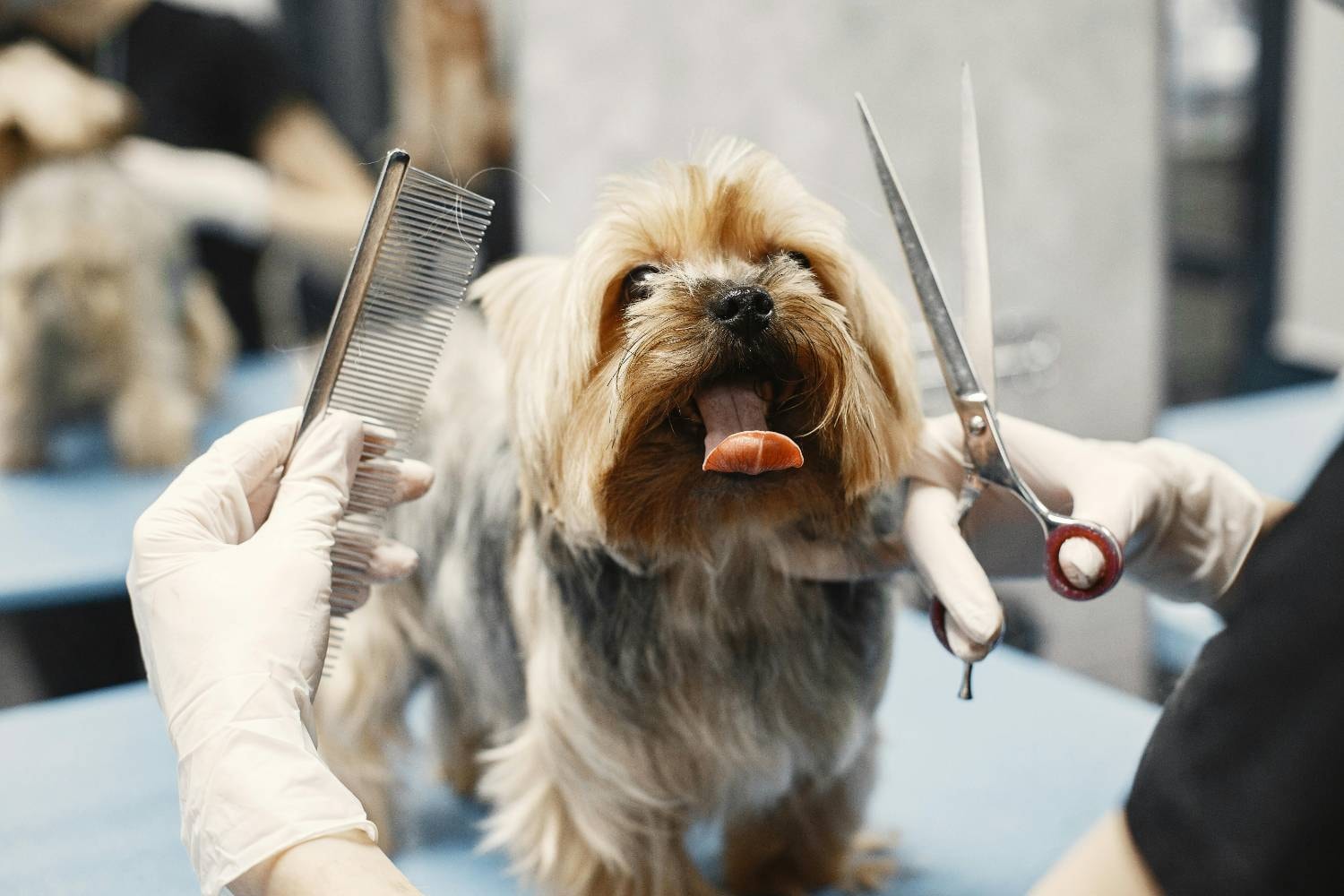
Regular hair cutting and trims are essential for their comfort and health. Whether your dog has a fluffy coat that needs frequent trimming or a sleek one that just needs a tidy-up, understanding the ins and outs of dog haircuts can make a world of difference.
Using the right tools can make grooming at home easier and safer:
-
Clippers: Essential for trimming long or thick coats. Make sure to use blades suited for your dog’s fur type.
-
Scissors: Handy for detailed work around the face, paws, and tail. Rounded-tip scissors are safer.
-
Brushes and Combs: Always brush your dog before trimming to remove tangles and mats. Use a comb to finish and check for any missed spots.
Not all dogs are created equal when it comes to their coats. Different breeds have different grooming needs:
-
Poodles and Bichon Frises: Often styled with specific cuts like the "puppy cut" or "lamb cut" to manage their curly, dense fur.
-
Terriers: Usually require stripping or clipping to maintain their wiry coats.
-
Spaniels: Need regular trims to avoid mats and tangles, especially around the ears and paws.
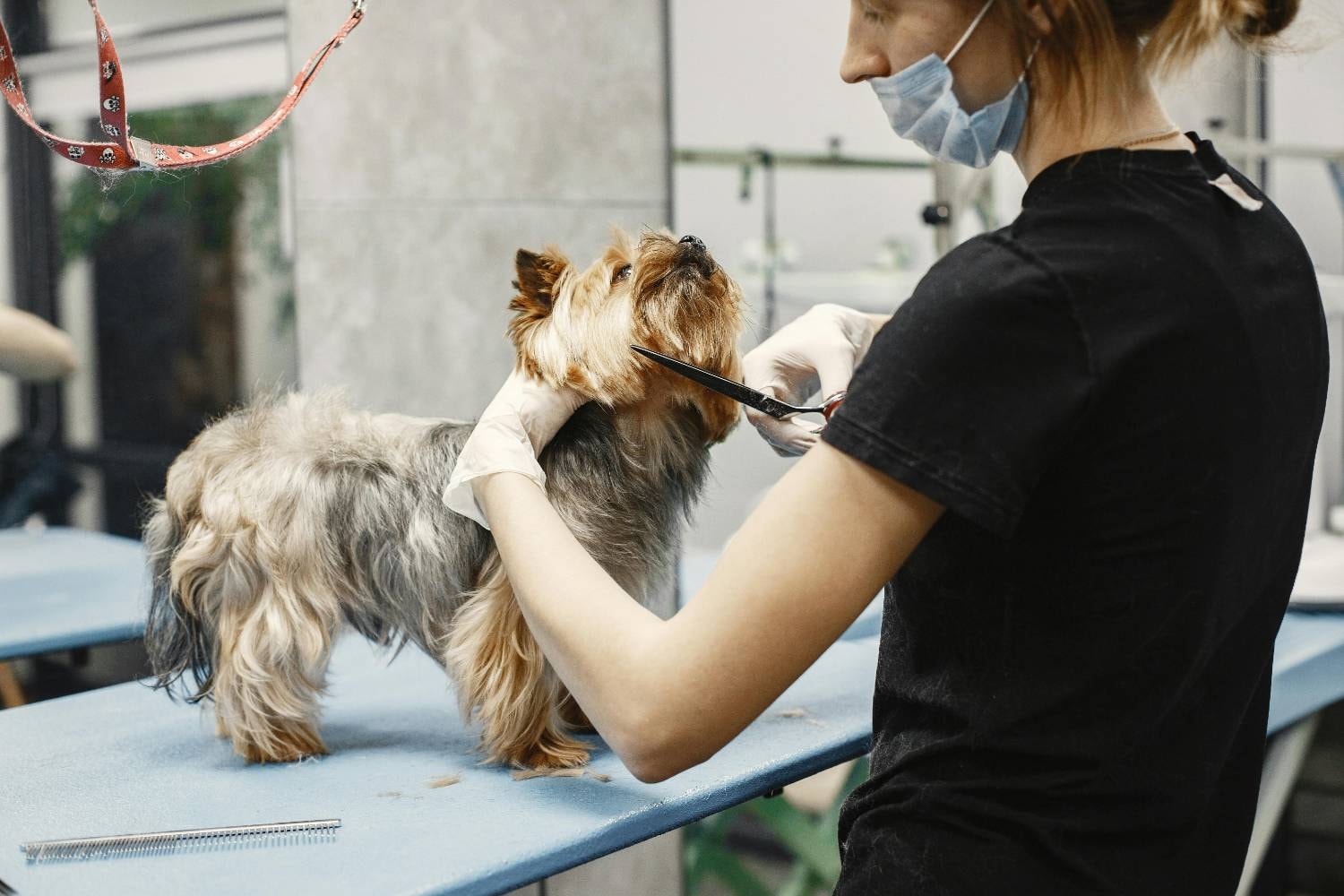
Regular Grooming with Products from Puppy Fever Pro for a Happy, Healthy Dog
Grooming your dog regularly is about more than just keeping them looking cute. It’s a vital part of their health and happiness.
Using high-quality grooming products from Puppy Fever Pro can make these tasks easier and more effective. Whether it’s a gentle shampoo, a sturdy brush, or safe nail clippers, having the right tools is essential.
Starting or maintaining a grooming routine might seem like a lot, but it’s worth it. Your dog will not only look better but feel better too.
For more dog grooming tips and tricks, visit our blogs.
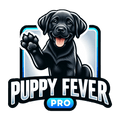

Leave a comment